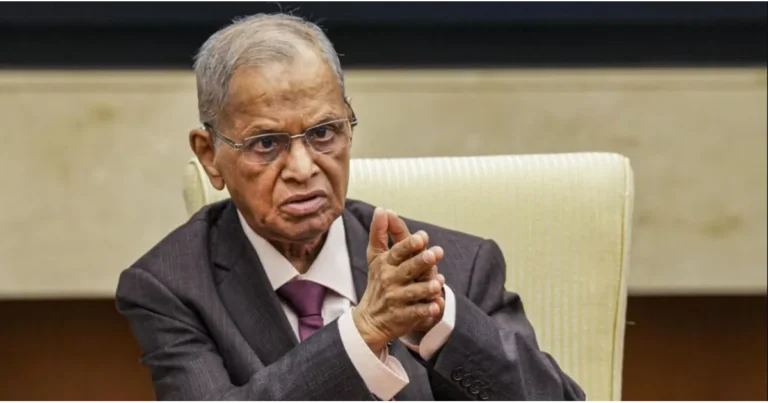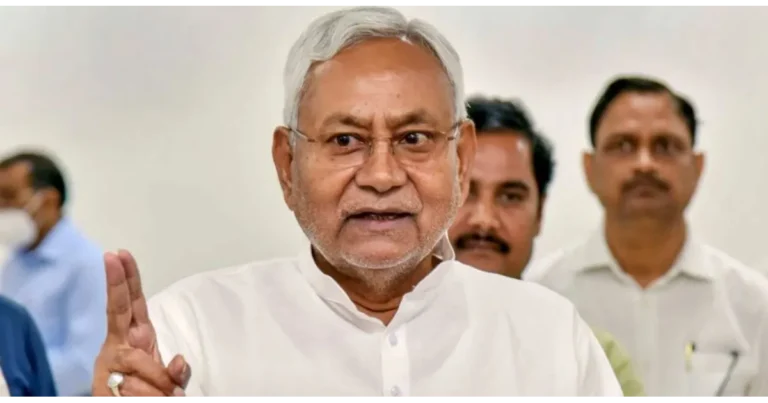
The Jan Suraaj Party (JSP) made a dramatic entry into Bihar politics by contesting 238 out of 243 assembly seats. Yet, the results were underwhelming: the party failed to secure a single seat and garnered only 2-3% of the popular vote according to its preliminary estimates. Election Commission figures are awaited for final confirmation. For context, this performance was slightly better than “None of The Above” (NOTA), which received 1.8% of votes.
Shock and Disappointment
Bihar state JSP president Manoj Bharti acknowledged that the outcome was disappointing, particularly in terms of vote share rather than seats.
“We aimed to usher in change in Bihar, but we could not convince voters as needed. The ruling party leveraged various schemes and Jeevika Didis to reach women voters, which limited the impact of our efforts,” Bharti said.
The End of the PK Myth?
The poor performance of JSP, which received considerable media attention, may signal the decline of the so-called “PK-myth.” Prashant Kishor, once a political strategist behind major victories—such as the BJP in Gujarat (2011), the Congress in Punjab and UP (2017), and the TMC in West Bengal (2021)—had transitioned from strategist to political candidate.
Kishor’s plan seemed ideal: a son-of-the-soil returns to Bihar to lead a transformative political movement. Yet, his decision not to contest personally and rely on the party may have dampened expectations.
Key Reasons Behind JSP’s Poor Performance
1. Caste Coalitions and Political Complexity
Bihar’s politics is deeply rooted in caste dynamics. According to social analyst Prof. NK Choudhary, “Bihar is a complex state; new entrants struggle to make inroads due to entrenched cadres of established parties. PK still has time, and five years from now, the political landscape may offer opportunities for new players.”
2. Limited Resonance of Aspirational Promises
The party’s developmental agenda—focusing on jobs and growth—struggled to compete with incumbent welfare programs. Prof. Vijay Kumar observed, “The Nitish government increased pensions, offered ₹10,000 to women under Rozgar Yojana, and provided jobs, which effectively overshadowed JSP’s promises. Voters feared supporting JSP might indirectly benefit the RJD.”
3. Leadership Perception
Despite a year-long padyatra, Kishor’s image suffered in comparison to Bihar’s established leaders: Tejashwi Yadav, backed by the dominant Yadav community, and Nitish Kumar, with strong support among women and backward classes. Kishor was often perceived as a non-resident critic rather than a relatable local leader.
Lessons and Future Prospects
No one expected JSP to replicate the immediate success of other new parties, such as the Telugu Desam Party in 1984. However, the scale of the defeat highlights the uphill challenge for Kishor and his team.
Bharti emphasized a thorough review of the party’s strategy: “We will sit with Kishor to analyze why our message did not resonate. Our focus is systemic change, not just power. We aim to rebuild from the grassroots, starting with panchayats, correcting mistakes along the way.”
Election Data Snapshot
- Total votes polled by JSP: 3.3%
- Seats contested: 238
- Seats won: 0
- Candidates finishing second: 1
- Candidates finishing third: 115
- Candidates below third: 122
While the party’s initial venture ended in disappointment, JSP may use these lessons to strengthen its organization and strategy for future elections.





